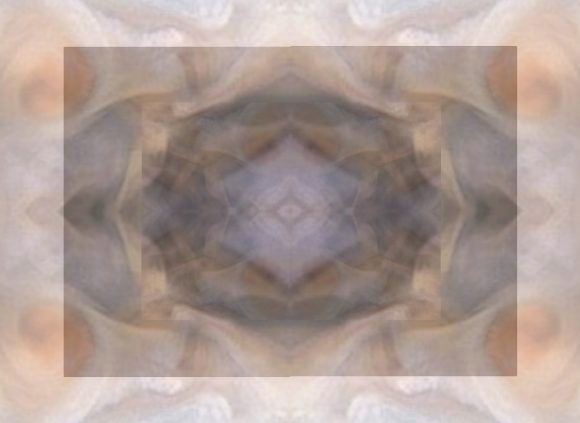In my last post, I reviewed Jung’s definitions of a psychological “individual” and the process which creates it (i.e., the “individuation process”) from the beginning of the individuation essay; and I noted there that it wasn’t entirely clear whether Jung took these definitions to be a premise shared in his own tradition: he doesn’t explicitly say so in the essay, but it appears that he did, at least from how he proceeds with the argument there.
As a side note to this observation, however, I think it is worth comparing Jung’s definitions with those of Wollheim’s in The Thread of Life. The perspective there is slightly different: Wollheim’s approach is philosophical rather than psychological (in the sense in which I have, for the purposes of this line of thought, considered Jung to belong to a psychological tradition, more specifically characterized as comprising psychoanalysis, analytical psychology, depth psychology, and related strands). Yet Wollheim is strongly interested in some of Freud’s notions, and various of Freud’s case histories, and thus much closer to the ideas of that traditions than it first appears (while at the same time, as a philosopher writing in the 1980s, much more conceptually rigorous than either of the authors within the psychological tradition we’re looking at).

In Wollheim’s lectures, there is an initial distinction somewhat similar to Jung’s between an individual and a process of individuation.
There are persons, they exist; persons lead lives, they live; and as a result, in consequence — in consequence, that is, of the way they do it — there are lives […] So there is a thing, and there is a process, and there is a product. (TL 2, my emphasis)
Wollheim’s distinction is tripartite: where Jung just distinguished between an individual and a process, in Wollheim there are, in addition to a process, both a person and a person’s life. Now of course Wollheim’s process and Jung’s process are not the same processes: one is the process of living a life, the other that of becoming an individual. And while there might be some relationship between both notions, mostly what they share is just their processual nature. (Still, both Wollheim and Jung insist that the process, rather than the individual, person, or resulting life, are the primary notions through which to understand the whole dynamic — which is another element they have in common.) But Wollheim’s two notions of a person and a life, compared to Jung’s single one of an individual, offer a certain advantage: for we have already seen that Jung’s idea of an individual is somehow based on, but not exhausted by the notion of a person, and contains a dynamic element (a person might lose the attribute of being an individual, and regain it through the individuation process). Jung’s definitions would probably benefit from a conceptual analysis which includes Wollheim’s finer distinction into three components.
Moreover, there are two further ways in which Wollheim develops his distinction, which might also help clarify some of Jung’s thinking with respect to how to delimit an individual. The first is with regard to space and time, the other with regard to other people. (Both are dimensions where Jung’s discussion lacks some clarity, although he obviously recognizes their importance, and makes various attempts at getting to grips with them throughout his work.)
The extent to which we might consider an individual to have a spatial and temporal extension can be fruitfully mapped to aspects of, in Wollheim’s distinction, a person vs. a life (as product of the process of living).
The thing, which is a person, is extended in space, and it persists through time. Being spatial, it has spatial parts, but it does not have temporal parts. The product, which is a person’s life, is extended in time, and it can be traced through space. Being temporal, it has temporal parts, but it does not have spatial parts. (TL 2, my emphasis)
Likewise, the tough question where one individual ends and a different individual begins, when we think about psychological phenomena that happen in an intersubjectively interactive space, can be decoupled from the unhelpful focus on spatiotemporal coordinates (and from Jung’s misdirected obsession with “acausality” that goes with it) and redirected at an understanding of the process:
The process, which is the leading of a life, occurs in, though not necessarily inside, the person, and it issues in his life. The life is his life, uniquely his, but others are not excluded from it. Others, leading their lives, lives that are uniquely theirs, may nevertheless participate in his, just as he […] will participate in theirs. There are innumerable way in which this can happen. They can think about each other, act upon each other, and make each other’s lives better or worse, as well as cause them to be or not to be. (TL 2)
These distinctions, coming from philosophical ethics (i.e. related to the question of how one should live one’s life), could go a long way to clarify some of the obscurities in Jung’s psychological notions about the individuation process, too.



